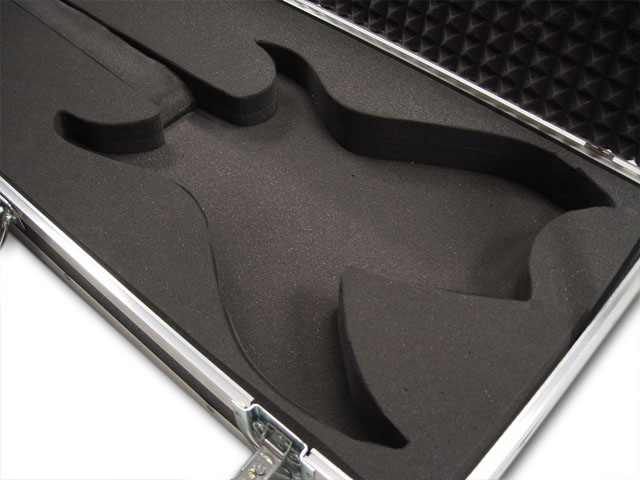Basic Information on Shipping Musical Instruments
Posted on Wednesday, May 27th

Whether small or large, musical instruments tend to pose a lot of trouble in terms of shipping because they are extremely vulnerable both to damage and to various other factors such as humidity or temperature variations. Moreover, their size often constitutes a problem, making their shipping in parcels as well as their disassembly impossible. Therefore, alternative solutions must often be found.
Shipping musical instruments by air
Air transportation often provides a solution to shipping reasonably-sized musical instruments packed in bulky cases. However, it is highly recommended that you do not register any musical instrument you might have as checked luggage for the risk of it being damaged is very high. It is well-known that baggage handlers tend to be rather reckless for various reasons. Instead, you should bring it to the gate, where it will be checked. That will lower the risks of damage considerably. You may even be allowed to take your instrument on board as cabin baggage if not too large. In fact, you might be allowed to do so even if it exceeds the standard cabin baggage dimensions should the flight attendant agree to store it in a closet, for instance.
You should note that you can avoid much of the hassle by checking the regulations on shipping musical instruments provided by the airline. You can do this either online or by phone. Also, there are also a few additional verifications and precautions you should consider to avoid any unpleasant surprises. For instance, you should check the claims upon checking your baggage as well as the insurance amount proposed by the airline and purchase "excess valuation" should it not cover the value of your musical instrument. As far as its condition is concerned, a direct flight would be the safest for it involves a minimum number of baggage handlings. Also, you should check the condition of your musical instrument before leaving the airport in order to be able to report the damage if any right away.
How to ship musical instruments
As already mentioned, some musical instruments are more vulnerable than others, so the requirements in terms of how exactly they should be shipped are bound to vary. With stringed instruments, for instance, the strings should be loosened slightly as a safety measure to prevent any damage caused by potential pressure or temperature variations. In this context, you should note that you should give your instrument 24 hours to adapt in its new environment before playing it. As far as the packaging goes, it would be best to mark it "Fragile". Also, do not forget to wrap the fragile parts with extra care. Should you have any special requirements, you should inform the service provider in advance. You should also check the insurance terms with the service provider to see if your musical instrument is covered properly by either them or a third party. Finally, make sure you tag it and check the name, contact number and address on the tag so that you can rest assured you will get to collect your musical instrument upon your arrival at the destination.

